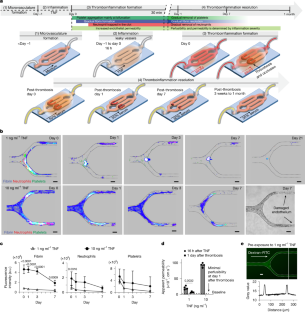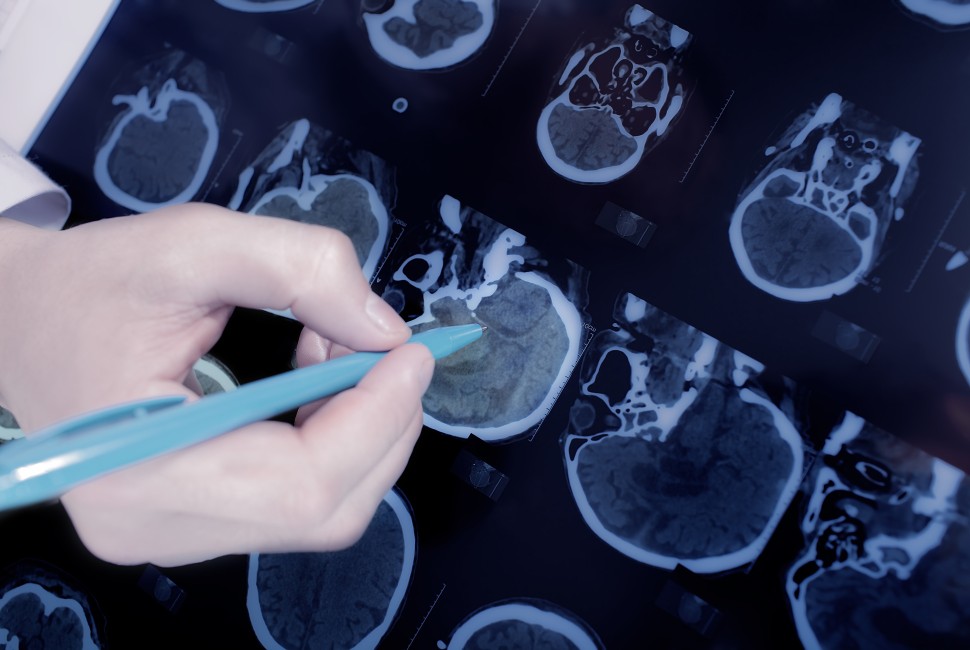2025-04-11 カリフォルニア大学サンディエゴ校(UCSD)
<関連情報>
- https://today.ucsd.edu/story/gene-identified-that-blocks-healing-after-spinal-cord-injury
- https://www.pnas.org/doi/10.1073/pnas.2417400122
アストロサイトの Ryk シグナルが脊髄損傷後の瘢痕形成と創傷治癒を調整する Astrocytic Ryk signaling coordinates scarring and wound healing after spinal cord injury
Zhe Shen, Bo Feng, Wei Ling Lim, +5 , and Yimin Zou
Proceedings of the National Academy of Sciences Published:April 10, 2025
DOI:https://doi.org/10.1073/pnas.2417400122

Significance
Traumatic spinal cord injury, caused by a primary insult, leads to a much larger secondary injury. Wound healing, essential to stop the secondary injury, involves highly coordinated interactions among multiple cell types. We show here that Ryk expression is induced in astrocytes and inhibits their morphological changes by inhibiting the expression of Neuronal Cell Adhesion Molecule (NrCAM). Astrocytic Ryk signaling regulates not only the injury responses of astrocytes but also signals from astrocytes to other cell types, including microglia, fibroblasts and endothelial cells. In spinal cord injury patients, Ryk is induced in both astrocytes and the injured axons. Therefore, Ryk is a promising therapeutic target to accelerate wound healing, promote neuronal survival and connectivity and enhance functional recovery.
Abstract
Wound healing after spinal cord injury involves highly coordinated interactions among multiple cell types, which are poorly understood. Astrocytes play a central role in creating a border against the non-neural lesion core. To do so, astrocytes undergo dramatic morphological changes by first thickening and elongating their processes and then overlapping them to form a physical barrier. We show here that the expression of a cell-surface receptor, Ryk, is induced in astrocytes after injury in both rodent and human spinal cords. Astrocyte-specific knockout of Ryk dramatically elongated the reactive astrocytes, accelerated the formation of the border, and reduced the size of the scar. Astrocyte-specific knockout of Ryk also accelerated the injury responses of multiple cell types. Single-cell transcriptomics analyses revealed a broad range of changes in cell signaling among astrocytes, microglia, fibroblasts, and endothelial cells after astrocyte-specific Ryk knockout, suggesting that Ryk not only regulates injury responses of astrocytes but may also regulate signals emanating from astrocytes and coordinate the responses of these cell types. The elongation of astrocyte processes is mediated by NrCAM, a cell adhesion molecule induced by astrocyte-specific conditional knockout of Ryk after spinal cord injury. Our findings suggest that Ryk is a promising therapeutic target to accelerate wound healing, promote neuronal survival, and enhance functional recovery.


